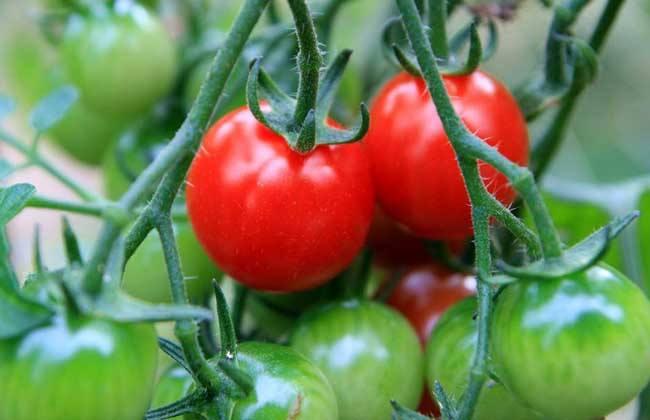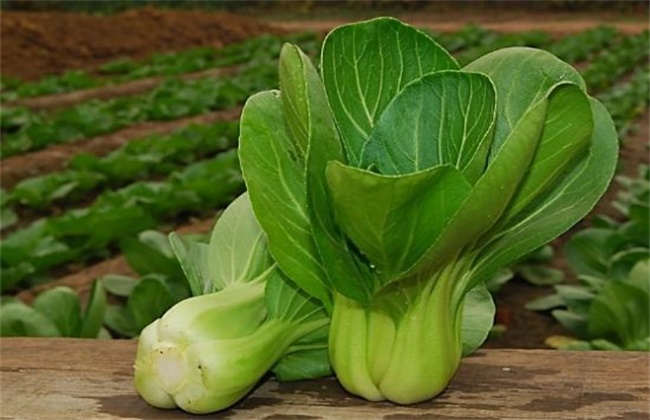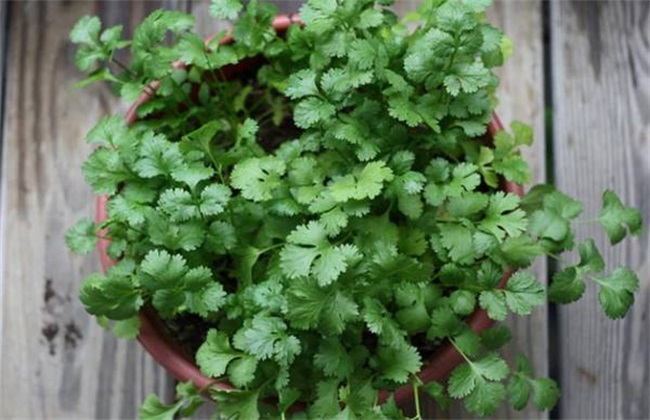High-yield cultivation techniques of Tomato
Tomato is a common vegetable, and there is a lot of yield in common cultivation methods, but if you still want to have a high yield, you need to make appropriate improvements and increase management in cultivation techniques. Then our article will introduce some different cultivation techniques, measures and specific methods to help growers achieve the goal of high yield.

1. Temperature management
During the growth period, the most suitable temperature for development is between 20 and 28 degrees, between 15 and 18 degrees at night, and the temperature is above 30, which affects the growth. If you can't grow at 40 degrees, the plant will die. The temperature is about 10 degrees to grow very slowly, 5 degrees can not grow, it will freeze to death. The best temperature is 20 to 25 degrees, which can grow well during the result period. Winter greenhouse planting, the temperature above 26 degrees should be ventilated, 20 degrees should not be ventilated. The underground temperature stays 15 degrees at night.
2. Humidity regulation
The best air humidity is 60%, soil moisture is 70%, watering should be less water and more watering, low temperature season, pay attention to control humidity, reduce humidity. Some diseases caused by low temperature and high humidity may be alleviated. Especially in winter and early spring, greenhouse cultivation needs ventilation and dehumidification. Ventilate after sunrise, about an hour at a time.
3. Topdressing method
Tomatoes in addition to the use of organic fertilizer, but also pay attention to the proper use of some chemical fertilizers, nitrogen, phosphorus and potassium are used in proportion, because tomatoes like potassium, potassium accounts for the most, phosphorus takes the second place, nitrogen is the least. In addition, pay attention to the supplement of trace elements and calcium to avoid navel rot and fruit cracking. Magnesium, manganese and boron are common trace elements that need to be supplemented.
4. Plant adjustment
Tomato vines have a strong ability to grow, so some unimportant vines need to be removed and branched. The vine grows to enough length, need to pick the heart, promote lateral branches, some do not blossom, do not bear fruit, if there is no auxiliary effect, it can be removed directly. Avoid consuming nutrients. For some old leaves at the base, or crowded leaves in the upper layer, some of them can be removed to improve ventilation and light transmission.
Tomato high-yield cultivation mainly starts from management, because the basic sowing, seedling and planting are all the same. It won't make a big difference. So the main purpose of management is to maintain good growth as much as possible.
Related
- Where is it suitable to grow horseradish in China? it is expected to see the middle altitude horseradish in Alishan.
- How to prevent tomato virus disease reasonably? (Control methods included)
- Many people like to plant towel gourd on the balcony. What are the main points of this method and management?
- What crops can chili peppers be mixed with?
- Fertilization techniques and matters needing attention in Tomato
- What are the grafting techniques for peach seedlings in spring?
- Harm and control methods of root swelling disease of Chinese cabbage
- What are the pests of sweet potatoes? How to prevent and cure it?
- Symptoms, causes and Control methods of navel Rot in Tomato
- The cause of "Cucumber rotten bibcock" in Farmers' planting Cucumber and its Control Plan



